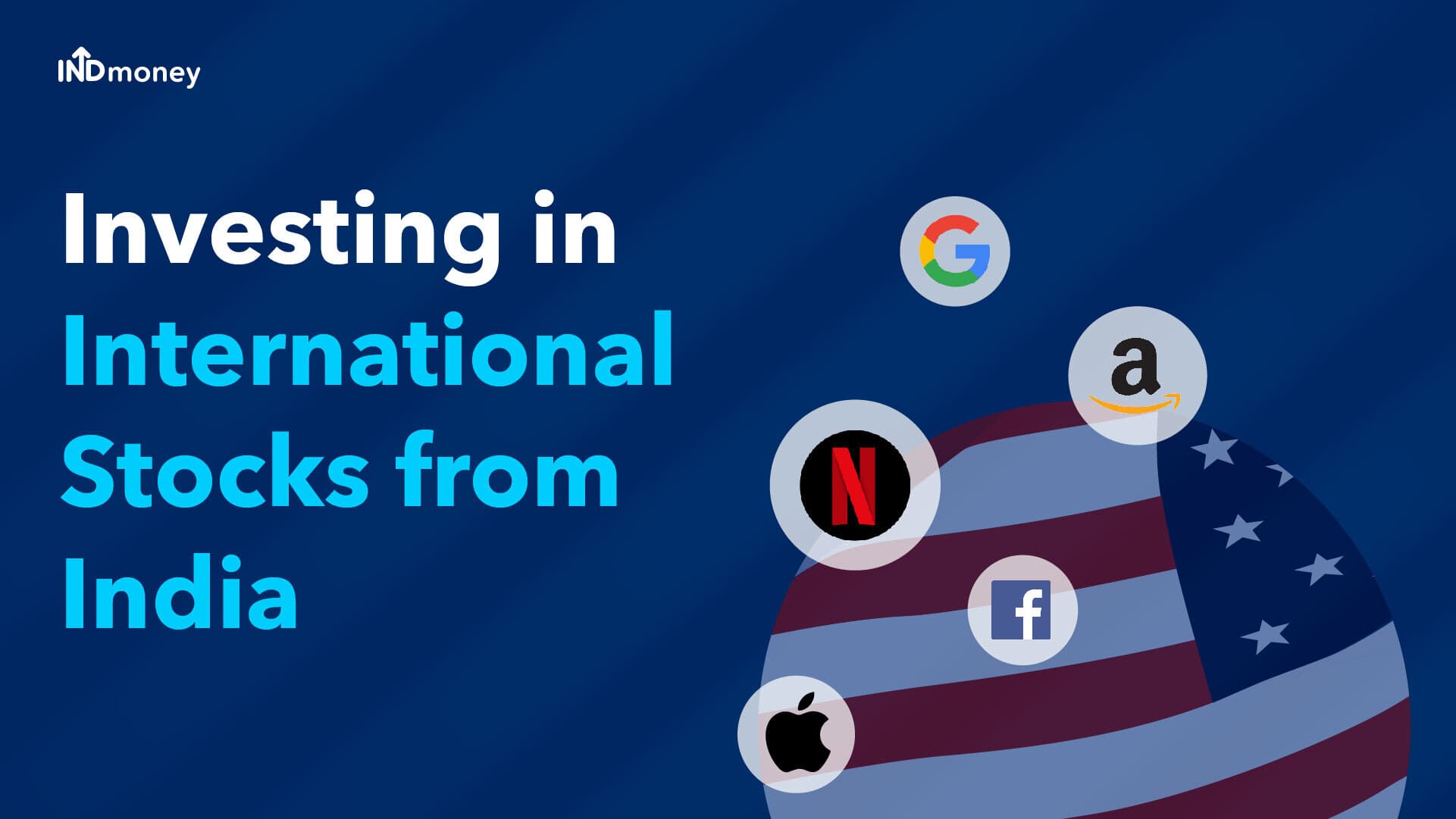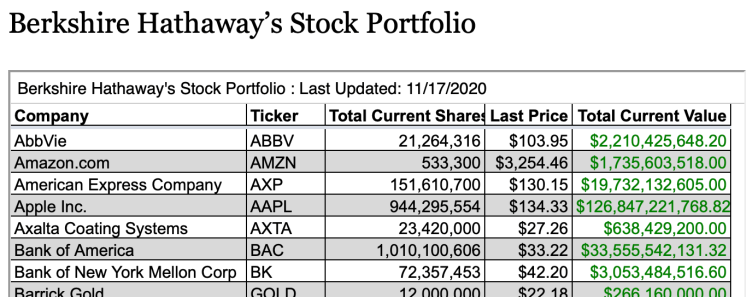
Pullback entry
A pullback is the market's movement back to a trend’s starting point. Depending on the trend, a drawback can be both deep and shallow. You can spot this by using indicators such as moving averages and Fibonacci levels. The more signals you have, your decision will be more reliable.
A pullback can occur as part of an upward trend. It can be triggered by a sharp drop, profit-taking, negative news or a loss in the underlying security. Pullbacks are often used by trend-following traders to add or subtract from long positions. You can use buy limit orders, stop buy entry orders, and market orders to enter at these times.
Breakout strategy
In trading, a breakout strategy is very important. It allows traders the ability to enter trades when prices move outside of their range. This strategy aims to profit from the upcoming trend, rather than wait for a long-term trend to emerge. A breakout strategy is more successful than traders who just follow price patterns.

Breakouts usually occur near designated resistance trend lines. However, a failed breakout usually happens when key breakout levels don't hold and price loses momentum. It is crucial to establish the time period during which price will stay in the breakout. Traders should also identify their profit and risk levels. Traders should aim to risk the same amount that they hope to make.
Day trading carries risks
Day traders, unlike long-term investors are often required to take split-second decisions. They have to keep up with economic trends, market trends, as well as news cycles. They must also understand the ins and outs of specific products and industries. These investors could make big profits or lose their money. Margin calls are another issue that day traders may experience, which could make it impossible for them to return their investment.
Stress is one of the biggest dangers of day trading. It takes a lot of concentration to follow the prices of dozens of stocks, so traders who can't manage their stress may end up making mistakes. When making investment decisions, traders should avoid emotion. You can also use the buy-and-hold strategy. This involves studying different companies and deciding which one to buy.
Strategies used
There are many day trading options, but the gap and go strategy is one of the most well-known. This strategy focuses on stocks that show a consistent uptrend and have moderate retracements. A low-risk entry price is the key to a profitable trade. The best way to do this is to use indicators such as trendlines and moving averages. The trade should be risk-reward based at least 1:1.

Day trading strategies will allow you to minimize your risks and maximize profits. Once you have chosen your strategy, it is now time to decide which instruments to trade. You can choose stocks, ETFs as well as futures, commodities and other options.
FAQ
What is a REIT and what are its benefits?
A real-estate investment trust (REIT), a company that owns income-producing assets such as shopping centers, office buildings and hotels, industrial parks, and other buildings is called a REIT. These are publicly traded companies that pay dividends instead of corporate taxes to shareholders.
They are similar companies, but they own only property and do not manufacture goods.
How Do People Lose Money in the Stock Market?
The stock market is not a place where you make money by buying low and selling high. It's a place where you lose money by buying high and selling low.
The stock market offers a safe place for those willing to take on risk. They are willing to sell stocks when they believe they are too expensive and buy stocks at a price they don't think is fair.
They want to profit from the market's ups and downs. But if they don't watch out, they could lose all their money.
How do you choose the right investment company for me?
It is important to find one that charges low fees, provides high-quality administration, and offers a diverse portfolio. Fees are typically charged based on the type of security held in your account. Some companies charge no fees for holding cash and others charge a flat fee per year regardless of the amount you deposit. Others charge a percentage of your total assets.
It is also important to find out their performance history. Poor track records may mean that a company is not suitable for you. You want to avoid companies with low net asset value (NAV) and those with very volatile NAVs.
You also need to verify their investment philosophy. A company that invests in high-return investments should be open to taking risks. If they aren't willing to take risk, they may not meet your expectations.
What is the difference?
Brokers help individuals and businesses purchase and sell securities. They handle all paperwork.
Financial advisors are experts in the field of personal finances. They are experts in helping clients plan for retirement, prepare and meet financial goals.
Banks, insurance companies and other institutions may employ financial advisors. They may also work as independent professionals for a fee.
Consider taking courses in marketing, accounting, or finance to begin a career as a financial advisor. Also, you'll need to learn about different types of investments.
Statistics
- Even if you find talent for trading stocks, allocating more than 10% of your portfolio to an individual stock can expose your savings to too much volatility. (nerdwallet.com)
- For instance, an individual or entity that owns 100,000 shares of a company with one million outstanding shares would have a 10% ownership stake. (investopedia.com)
- Ratchet down that 10% if you don't yet have a healthy emergency fund and 10% to 15% of your income funneled into a retirement savings account. (nerdwallet.com)
- Individuals with very limited financial experience are either terrified by horror stories of average investors losing 50% of their portfolio value or are beguiled by "hot tips" that bear the promise of huge rewards but seldom pay off. (investopedia.com)
External Links
How To
How can I invest in bonds?
A bond is an investment fund that you need to purchase. You will be paid back at regular intervals despite low interest rates. This way, you make money from them over time.
There are many ways to invest in bonds.
-
Directly purchase individual bonds
-
Buy shares from a bond-fund fund
-
Investing through an investment bank or broker
-
Investing through a financial institution
-
Investing through a Pension Plan
-
Directly invest with a stockbroker
-
Investing through a Mutual Fund
-
Investing with a unit trust
-
Investing in a policy of life insurance
-
Investing via a private equity fund
-
Investing in an index-linked investment fund
-
Investing through a hedge fund.